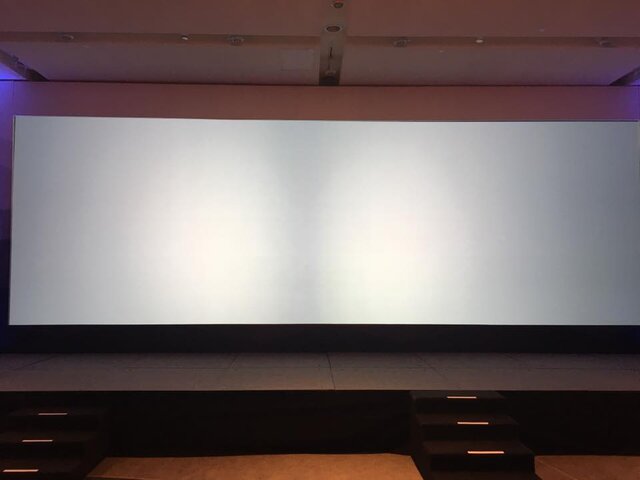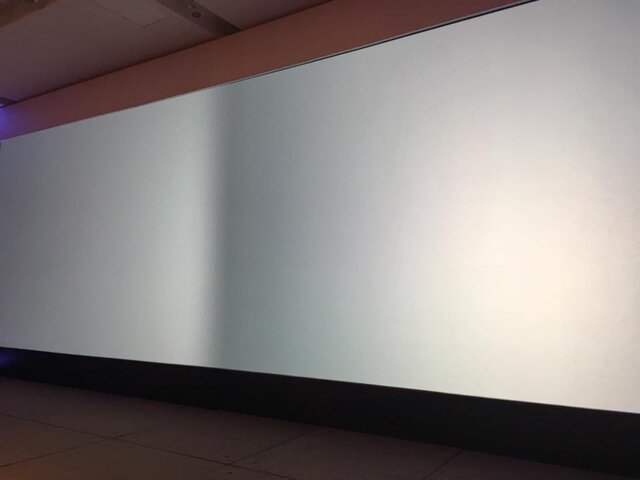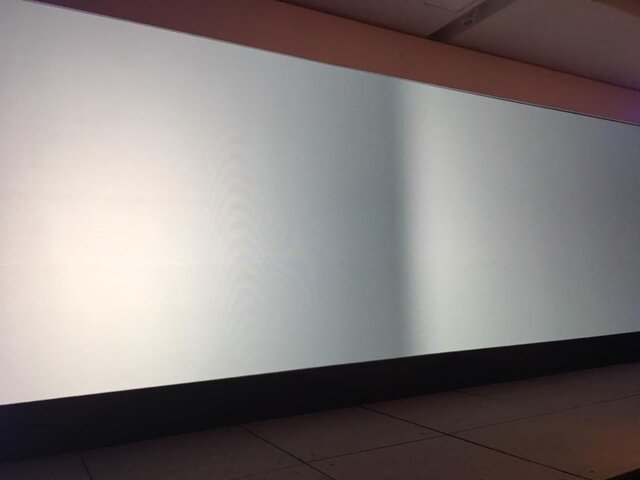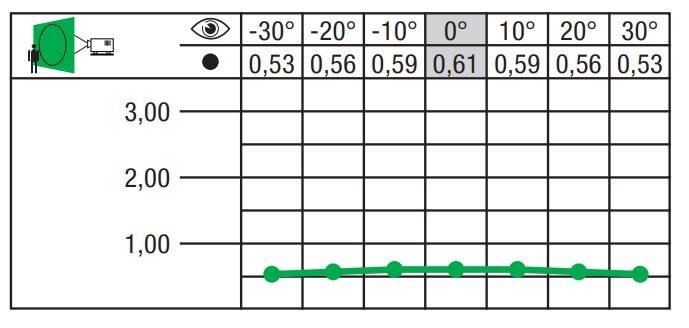Hi,
I've been using two fisheye lens projectors for rear projection (one connected through VGA and other through HDMI) to screen one image (edge blending I did through Resolume Arena).
Now, what is really strange is: when you look at the screen from the front, the image is fine, as you move to the right, the image from right projector becomes darker, and as you move to the left, the left side of the screen becomes darker. It is quite annoying, especially when I don't know why does it happen and how to solve it. Both projectors are the same type and intensity, and the same thing happens when they are not connected to the computer.
Please if you have any idea why it might happen, I'd be endlessly thankful...
I've been using two fisheye lens projectors for rear projection (one connected through VGA and other through HDMI) to screen one image (edge blending I did through Resolume Arena).
Now, what is really strange is: when you look at the screen from the front, the image is fine, as you move to the right, the image from right projector becomes darker, and as you move to the left, the left side of the screen becomes darker. It is quite annoying, especially when I don't know why does it happen and how to solve it. Both projectors are the same type and intensity, and the same thing happens when they are not connected to the computer.
Please if you have any idea why it might happen, I'd be endlessly thankful...






